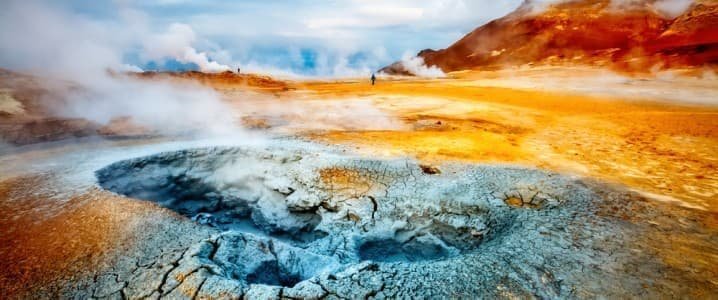Beijing has strengthened its dominance in the supply chains of critical minerals and rare earth elements despite a push by the Western nations to reduce reliance on China.
The heavily concentrated supply of critical minerals in a handful of countries and China’s export controls are raising the risk of “painful disruptions” in the market, the International Energy Agency (IEA) warned in its new annual report, Global Critical Minerals Outlook.
While the world has acknowledged that diversification of the critical minerals supply is crucial for energy security and has launched attempts to procure the metals from other sources, China continues to hold an outsized dominant position in the mining of the minerals and an even greater share in the refining and processing markets.
China Strengthens Dominance
Despite major deals and government support in the West for building domestic supply chains, China has raised its market share over the past few years, the IEA’s report found.
“Diversification is the watchword for energy security, but the critical minerals world has moved in the opposite direction in recent years, particularly in refining and processing,” the agency noted in the report.
In the past five years to 2024, while the rest of the world was looking for ways to bolster domestic supply, growth in refined material production was heavily concentrated among the leading suppliers.
As a result, the geographic concentration of refining has increased across nearly all critical minerals, particularly for nickel and cobalt—the key metals for batteries. The average market share of the top three refining nations of key energy minerals rose from around 82% in 2020 to 86% in 2024 as some 90% of supply growth came from the top single supplier alone: Indonesia for nickel and China for cobalt, graphite, and rare earths, the IEA said.
China dominates refining for 19 of the 20 minerals the agency has analyzed, holding an average market share of around 70%.
“Three-quarters of these minerals have shown greater price volatility than oil, and half have been more volatile than natural gas,” the IEA said, noting that major risk areas include high supply chain concentration, price volatility, and by-product dependency.
Slow Progress in Untangling China’s Dominance
Despite the heightened risks stemming from market concentration and the fact that countries have woken up to the challenge of increased risk of disruption, an IEA analysis of announced projects “indicates that progress towards more diversified critical mineral supply chains is set to be slow.”
The market is well-supplied with critical minerals, whose prices have dropped off from the highs seen in 2021 and 2022. In this sector, the risk is not supply itself, but its concentration in a few producers, especially China.
“Even in a well-supplied market, critical mineral supply chains can be highly vulnerable to supply shocks, be they from extreme weather, a technical failure or trade disruptions,” IEA Executive Director Fatih Birol said in a statement.
“The impact of a supply shock can be far-reaching, bringing higher prices for consumers and reducing industrial competitiveness.”
Supply Shock Risks
Due to the dominant position of China in many battery metals, of Indonesia for nickel, and the Democratic Republic of the Congo (DRC) for cobalt, a shock to supply could lead to a hike in battery pack prices, the IEA said.
“For battery metals and rare earths, supplies outside the leading producer meet on average only half of the remaining demand in 2035,” the agency’s report notes.
Despite well-supplied markets, export controls and rising supply concentration are raising the risks to the security of supply.
The IEA finds that currently, more than half of a broader group of energy-related minerals are subject to some form of export controls.
“These restrictions are not only increasing in number but also expanding in scope to cover not just raw and refined materials but also processing technologies, such as those for lithium and rare earth refining,” the agency warned.
Refining Outside China Critical To Break Dominance
The U.S. will need a lot of investment and federal incentives to build a strong minerals refining supply chain at home or in allied countries to process the raw materials and challenge China’s dominance, analysts say.
It will likely take billions of dollars and years to build processing capacities to rival decades of China’s strategic positioning in minerals refining, Chinese access to materials in Africa, and cheaper labor and construction costs.
China is also currently unbeatable in scale after building refining capacities over the past three decades. Early in the game, Beijing realized that refined products – not the raw materials – are the key to holding a strategically and economically dominant position in critical minerals and rare earths.
Efforts are being made in the U.S. and Australia to establish supply and supply chains outside China.
Australia’s Lynas Rare Earths, for example, launched this month first production of Dysprosium Oxide (Dy) at Malaysia, which made the company the only commercial producer of separated Heavy Rare Earth products outside China.
“Lynas is uniquely positioned to contribute to and benefit from efforts to diversify and rebuild supply chains, including opportunities for a sustained market restructure,” said Lynas Rare Earths CEO and Managing Director Amanda Lacaze.
“We are engaged with customers in Japan, the United States and Europe regarding Heavy Rare Earths supply.”
By Tsvetana Paraskova for Oilprice.com
More Top Reads From Oilprice.com





